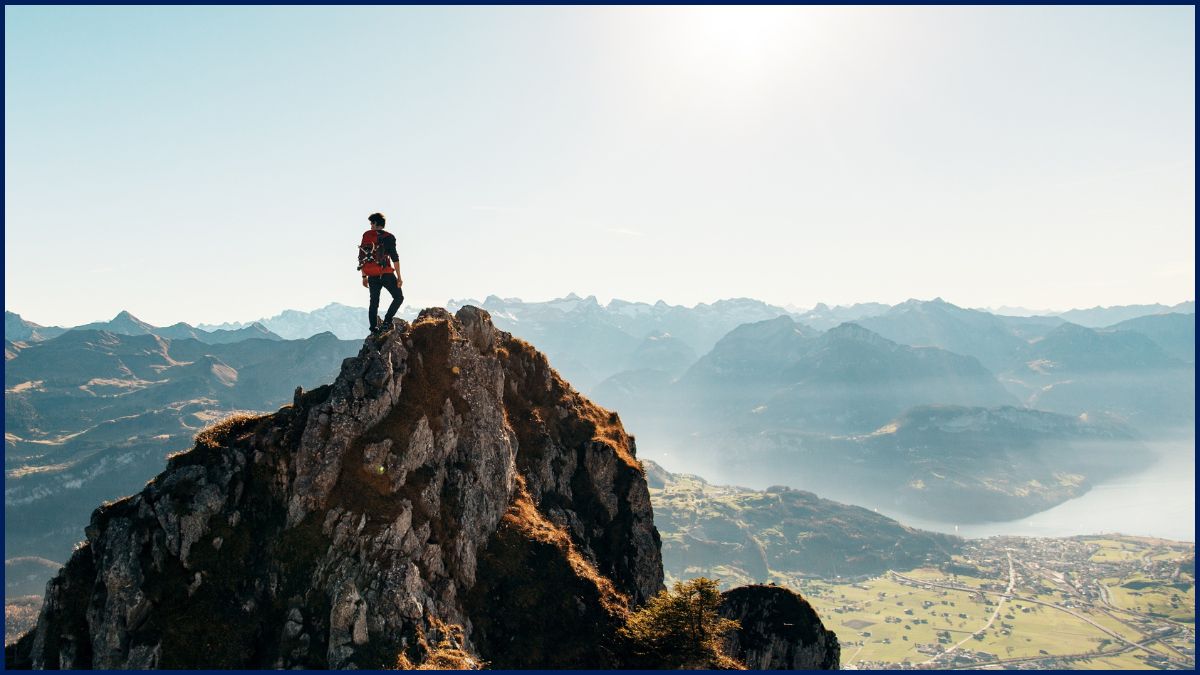12
Jun
Ultimate Guide to Planning a Successful Trekking Adventure
Trekking offers an exhilarating way to explore the great outdoors, challenge yourself, and experience nature up close. While it’s true that many things can go wrong on a trek, careful planning and preparation can turn every step into a rewarding adventure. Here’s a comprehensive guide to help you plan your trek and make it a memorable experience.

- Research and Choose the Right Trek
Selecting the right trek is crucial. Listen to your body and choose a trek that matches your fitness level and experience. Consider the trek’s duration, altitude, and difficulty. Beginners might opt for shorter, less strenuous treks, while seasoned trekkers may seek more challenging routes. - Consider the Climate and Season
Research the best time to trek in your chosen destination. Weather conditions can significantly impact your experience and safety. For instance, trekking in the Himalayas is best during the pre-monsoon (spring) and post-monsoon (autumn) seasons to avoid heavy rains and snow. Always track the local weather forecast well in advance. - Engage in Fitness Training
Start a fitness regimen a few months before your trek. Focus on cardiovascular exercises, strength training, and endurance. Hiking on trails with a loaded backpack can help simulate trek conditions. Strengthen your legs, core, and back to handle the physical demands of trekking. - Plan for Acclimatisation
For high-altitude treks, ensure you have a proper acclimatisation plan to prevent altitude sickness. Gradually increase your altitude and take rest days to allow your body to adjust to the lower oxygen levels. This is essential for high-altitude treks. - Invest in Quality Footwear
Invest in good quality trekking boots that are comfortable and well-broken in. Proper footwear is crucial to avoid blisters and injuries. Ensure your boots provide good ankle support and grip for varied terrain. - Pack the Right Clothing
Pack moisture-wicking and layered clothing to adapt to changing weather conditions. Include a waterproof jacket, thermal wear, and quick-dry socks. Layering allows you to adjust your clothing based on temperature and activity level. - Choose a Suitable Backpack
Select a sturdy, comfortable backpack with enough capacity for your essentials. A backpack with a rain cover is ideal to protect your belongings from unexpected showers. - Prepare Your Sleeping Gear
Depending on the trek, you may need a sleeping bag suitable for the expected temperatures and a lightweight tent if not provided. Ensure your sleeping bag is rated for the lowest temperatures you might encounter. - Pack Essential Items
Carry a map, compass, and GPS device or smartphone with offline maps. Knowing your route and having the means to navigate is critical. Include essentials like bandages, antiseptic wipes, pain relievers, and any personal medications.
Familiarize yourself with basic first aid procedures. Also, pack high-energy snacks and meals. Ensure a reliable method to purify water, such as a water filter or purification tablets, to stay hydrated and avoid waterborne illnesses. Sunscreen, sunglasses, a hat, trekking poles, a headlamp with extra batteries, and a multi-tool can enhance comfort and safety during your trek. - Plan Your Route
Create a day-by-day plan, including distances, elevation changes, and expected time to reach each checkpoint. Share your itinerary with someone back home for added safety. Check if you need special permits and apply for them in advance. - Have an Emergency Plan
Prepare for emergencies, including the location of the nearest medical facilities and emergency contact numbers. Know the symptoms of altitude sickness and how to respond. - Leave No Trace
Follow environmental guidelines to minimise your impact. Pack out all trash, respect wildlife, and stay on marked trails to protect natural habitats. - Join a Group or Hire a Guide
For unfamiliar locations or terrains, consider hiring a local guide. Guides can enhance your experience with their knowledge of the area, culture, and routes. They can also provide support in case of emergencies and help with logistics.
By following this guide, you can ensure a safe, enjoyable, and memorable trekking adventure. Happy trekking!






